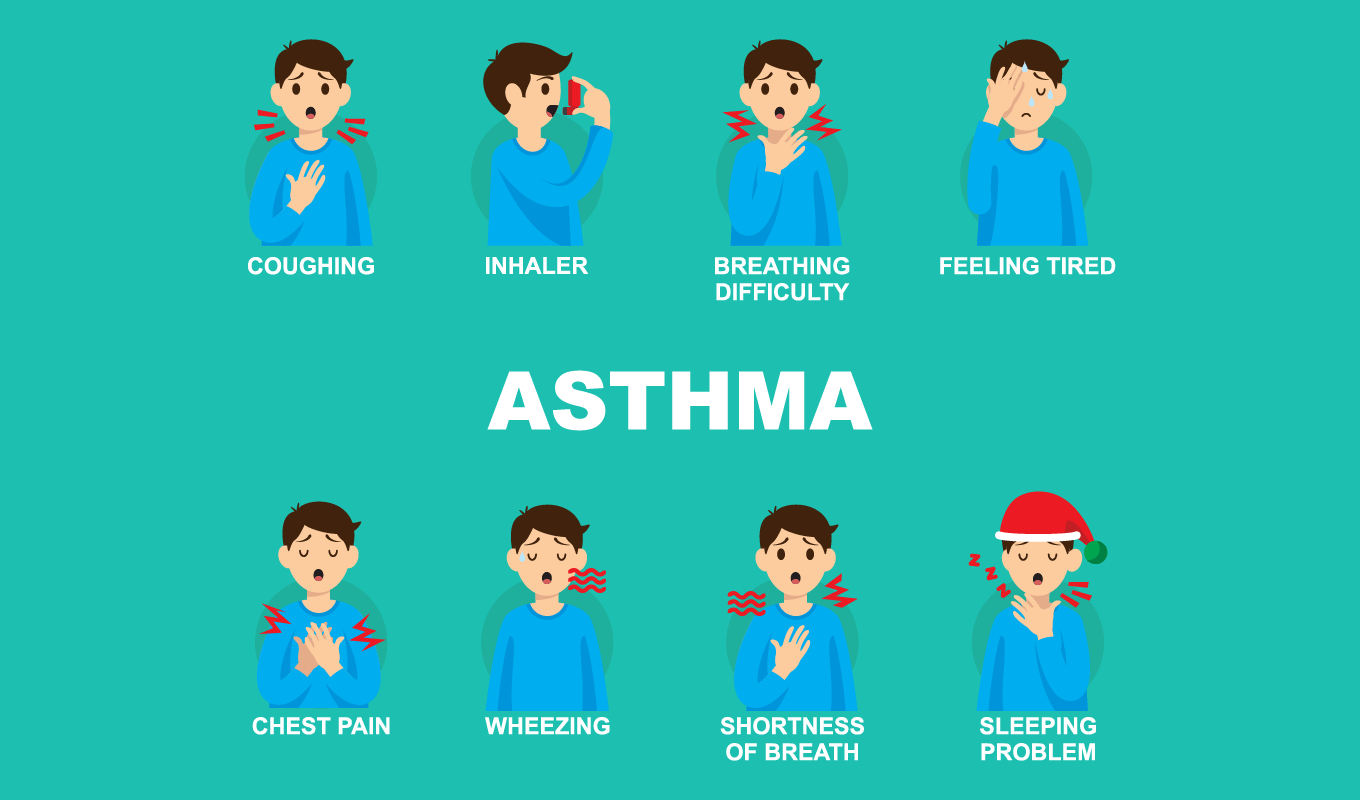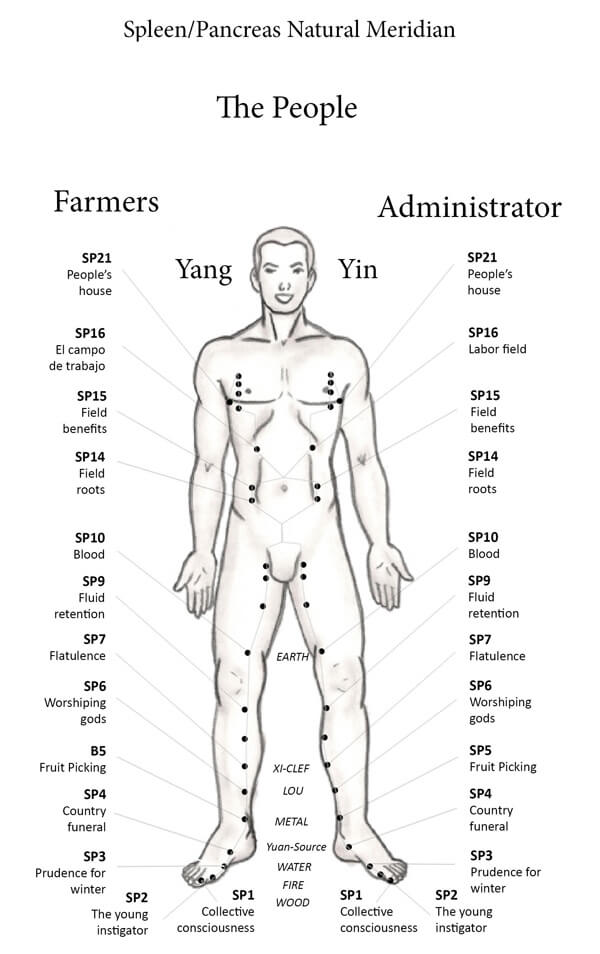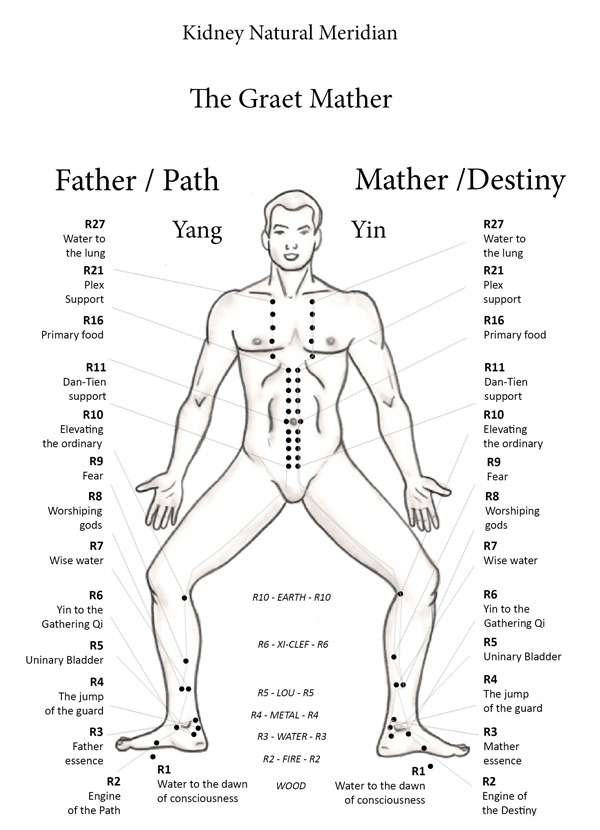Wheezing and Shortness of Breath—Asthma
Ask a Question
Did you have a cough with shortness of breath and tightness in the chest with symptoms similar to cold, but often after recovery? It’s better for you to go to see a doctor and define the illness. If you are diagnosed with asthma, you must accept appropriate treatment.
What is asthma?
Asthma, as a complex syndrome of chronic airway inflammation, is caused by respiratory hyperreactivity in response to the stimuli associated with various cells like mast cells and T lymphocytes. The inflammation can lead to recurrent wheezing, shortness of breath, chest tightness, and/or cough, happening at midnight or early morning, which can be alleviated by self-healing or medical treatment.
Over the past decade, the prevalence rate or mortality of asthma has been rising in the Americas, England, Australia, Ireland and other countries. Asthma has become one of the major chronic diseases affecting public health, with more than 100 million sufferers in the world.
Common symptoms
1. The recurrent symptoms are as follows:
• Chest discomfort or tightness
• Wheezing
• Dyspnoea (difficulty in breathing)
• Tachypnea (rapid breathing)
• Cough
2.Before the onset of an asthma attack, they may experience:
• Nasal obstruction
• Sneezing
• Itchy eyes
3.During a serious attack, patients may experience severe breathing difficulties that can lead to hypoxemia (low blood oxygen level) in a short time.
Relevant examinations involve:
• Blood test
• Sputum examination
• Pulmonary function tests
• Blood gas analysis
• X-ray examination
Complications
• Sudden death
• Infection of the upper respiratory tract and lungs
• Pneumothorax (Accumulation of air or gas in the pleural space)
• Mediastinal emphysema
• Respiratory failure
• Multiple organ failures
The facts of asthma
• Asthma, which is referred to a lifelong disease, is still not curable, therefore patients should not believe eye-catching advertisements of drugs or folk medicine claiming they can cure asthma completely. The misuse of ineffective drugs not only delays the precious time to treat your illness but also leads to economic loss.
• Although there is no curable drug of asthma, the illness can be controlled by medication under the guidance of professional doctors.
• Most patients with recurrent asthma attacks do not use the prescription principle and as a result, often induce asthma attacks.
• To date, the most effective remedy for asthma is corticosteroids agent. During the remission period, the use of inhaled corticosteroids (ICS) is the primary choice because of its high efficacy and few side effects.
Causes of asthma
The reasons for asthma can be divided into genetic factors, allergen factors, and trigger factors. Otherwise, the disease of the internal organs (viscera) is the major cause according to TCM.
1. Genetic factors
In recent years, research in the field of Molecular Biology Technology, especially the relevant asthma gene has achieved remarkable results. The scientists found that human chromosomes are closely related to the onset of asthma.
2. Allergen factors
1) General allergens
• Dust mites, the most common allergen, are the critical trigger of asthma. The house dust mites, as the main mites, grow rapidly in damp conditions or weather conditions.
• Fungi in the form of Penicillium, Aspergillus, and Alternaria spread in the indoor air, leading to asthma.
Pollen and grass powder are the most common allergen outdoors. For example, the pollen from woody plants can induce asthma in spring, and in autumn it is easy to catch asthma because of grass meal.
2) Occupational allergens
Exposure to irritants like grain flour, animal hair, wood, silk, flax, cotton, animal feed and fungi can cause occupational asthma. The rapid development in the industry increases the risk of morbidity of occupational asthma, especially in the area of contact with detergents or proteolytic enzymes, with an incidence rate of more than 50%.
3) Medicines and foods such as milk, eggs, fish, shrimp, crab and their spices.
3. Trigger factors
• Inflammation. Recurrent asthma attacks are closely related to respiratory tract infections like rhinovirus, epidemic virus, and coronavirus (the order of predominant rank).
• Changes in the weather. The change in temperature, humidity, air pressure and ions leads to asthma, especially in winter.
• Smoking. Tobacco smoke (including passive smoking and active smoking) is the main source of indoor triggers. For most children who have asthma, this was caused by their smoking parents.
• Environmental pollution.Some substances such as gas (especially SO2), soot, passive smoking, and insecticides can stimulate the sensitive airways and contract the bronchus, thus leading to seizures and asthma.
• Mental factor. Nervousness and Irritability can cause your brain to give the wrong signal or make you breathe excessively.
• Exercise. If you have undergone intense exercises, asthma patients may experience a cough, chest tightness, and wheezing, resulting in spontaneous remission within one hour. Some patients have none of the above symptoms, but excessive exercise may trigger spasm of bronchial smooth muscle.
• Medication. NSAIDs (non-steroidal anti-inflammatory drugs like aspirin), the iodine-containing contrast agent used in hyperthyroidism, and adrenergic blockers are both risk factors for asthma.
• Physiological factors like menstruation and pregnancy. Women who get asthma could aggravate the symptoms 3 to 4 days before menstruation, which is associated with the abrupt decrease of progesterone.
4. Chinese medicine explains that the causes of asthma are due to viscera disorders, thus leading to accumulating sputum in the lung that attacks the airways. The most common triggers are cold or humid weather, irregular diets, mental health problems, and allergens that can damage the lungs, kidneys, and spleen if they occur frequently.
Treatment of asthma
TCM has explored relevant drugs and methods for thousands of years and reached remarkable results in treating asthma. Two millennia ago, a medical book in ancient China reported that Mahuang (Chinese Ephedra) can effectively relieve cough and asthma.
1. Principle and purpose of asthma treatment
Principle: The treatment of asthma should follow the rule of ‘symptomatic treatment’ during the intermission and radical treatment in an urgent situation.
Purpose: The treatment of asthma aims to control all symptoms through active therapy. Like how to protect and maintain normal function of the lung; Avoidance or alleviation of side effects; Carrying out appropriate therapeutic measures and many years of treatment.
2. Drug therapy according to western medicine
Drugs against asthma can be divided into two types: expanding bronchial-dilating drugs and anti-inflammatory drugs. Some of the medications contain both functions.
1) Bronchial-dilating drugs: Beta 2 agonists and theophylline.
2) Anti-inflammatory agents: glucocorticoid, leukotriene modifiers, anti-IgE monoclonal antibody, and antihistamines (NSA).
3. Food therapy
Suitable foods for asthma patients:
• Radish has an expectorant effect and removes moisture from the body, particularly suitable when coughing up blood caused by inner heat.
• Rapeseed is good at reducing inner heat, activating blood and dissolving stasis.
• Job’s tears, known as Chinese pearl barley, promotes diuresis to alleviate edema, eliminates moisture and relieves rheumatic pains and colds.
Inappropriate foods for asthma patients:
• Sweet potato can cause flatulence and bloat the stomach so that the gases cannot escape easily.
• Marine fish easily induce allergy as a critical trigger of asthma.
• Capsicum is one of the irritating foods that are harmful to the recovery and treatment of asthma.
There are two dietary formulas recommended for asthma patients:
1) Mix and cook tofu, maltose syrup and raw radish juice twice a day, morning and evening.
2) Mix almond, Ephedra, and tofu with water to a soup. Drink the soup and eat the tofu every day or every two days.
Other recommendations in the diet:
• Sufferers who are mildly allergic should limit the intake of protein foods containing chicken, pork, milk, etc. Once you have found the food that can trigger asthma, you should avoid it. It’s appropriate to eat plant protein such as soya and its product.
• Maintain a balanced and adequate diet, especially enhance antioxidants like beta-carotene, vitamin C, vitamin E, and selenium, which flows sufficiently into the respiratory tract. You can find abundant beta-carotene, vitamin C and vitamin E in fresh vegetables and fruits. Moreover, kelp, jellyfish, and garlic contain a rich micronutrient-selenium.
• Preventing respiratory infections and improving immune function are necessary for asthma patients. For example, pay attention to weather changes and keep warm; it’s better to breastfeed the baby because breastmilk contains antibodies of the immune protein, which increases the resistance of the respiratory tract. Frequent eating of mushroom helps you regulate the immune function, reducing the onset of asthma.
4. Massage therapy
1) Locate the lung meridian in the arms and hands, the spleen meridian and the kidney meridian. Drive the meridian directly or in a circle according to the acupuncture order of each meridian, 200 circles per time. Apply steady pressure on all the acupuncture in the above meridians with your fingers and repeat 3 to 5 times.
(Lung Meridian)



2)Locate ‘He Gu’ point (between the first and second metacarpal bone of the hands, in the middle of the side of the second metacarpal bone). Put thumb and index finger on the ‘He Gu’, then apply steady pressure to rub and press 20 to 30 times. Finally, pinch the acupuncture 10 to 15 times.

Prevention of asthma
1. Improve the indoor environment
To enhance the quality of the air, it is recommended to put a plant in the house that can produce anions such as negative ions, which has an obvious effect on asthma prevention.
2. Allergen
Special allergens can be found in 30% to 40% of patients with asthma. These allergens include dust mites, animal hair, mould, pollen, milk, eggs, silk, feathers, moths, cotton, and fungi, which should set alarm bells ringing.
3. Non-specific physicochemical factors
Some substances in the air can stimulate nerves of the inner lining of the bronchus, induce nervous excitement, resulting in coughing and spasm in the bronchial muscles. These triggers include smog, dust, petrol, oil paint, and cold air.
4. Watch out for microbiological infections
Colds and upper respiratory tract infections are the most common triggers and are more pronounced in winter, spring, and weather changes. Respiratory tract infections, especially viral infections, are more likely to cause paediatric asthma attacks.
5. Avoid over-exertion
Both vigorous or long-term manual labour and intense competitive exercises can trigger asthma.
6.Keep a healthy mind
Mood swings can be a trigger. Anxiety, sadness, over-excitement and even laughter can also lead to asthma attacks.
7. Adopt relevant measures regarding occupational factors
A wide range of workers in the pharmaceutical/chemical industry or health-care workers in hospitals come into contact with certain drugs or raw materials. So it’s necessary to adopt protective methods, like wearing a mask.
Share: